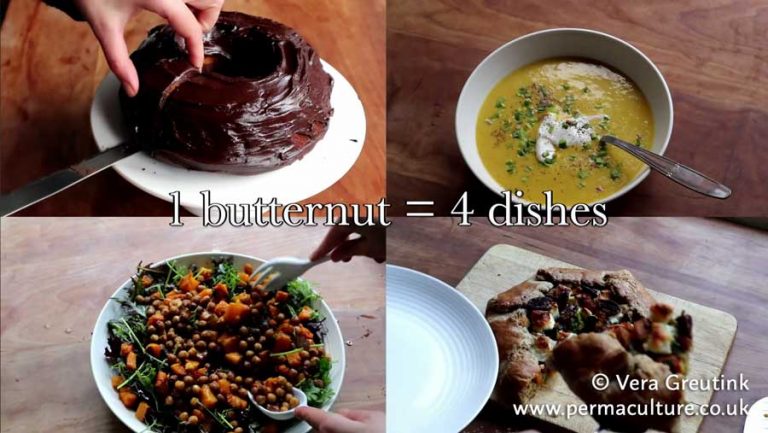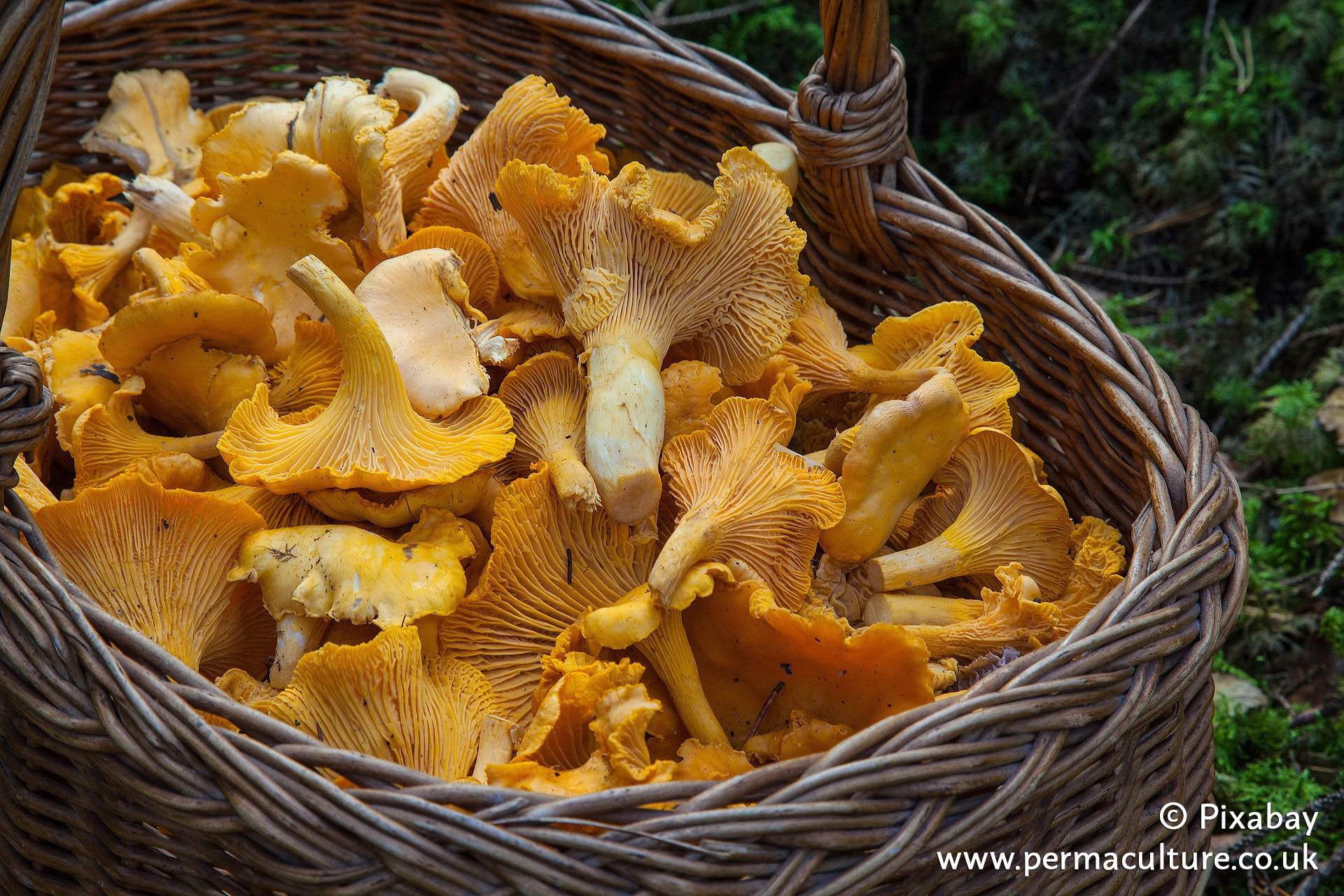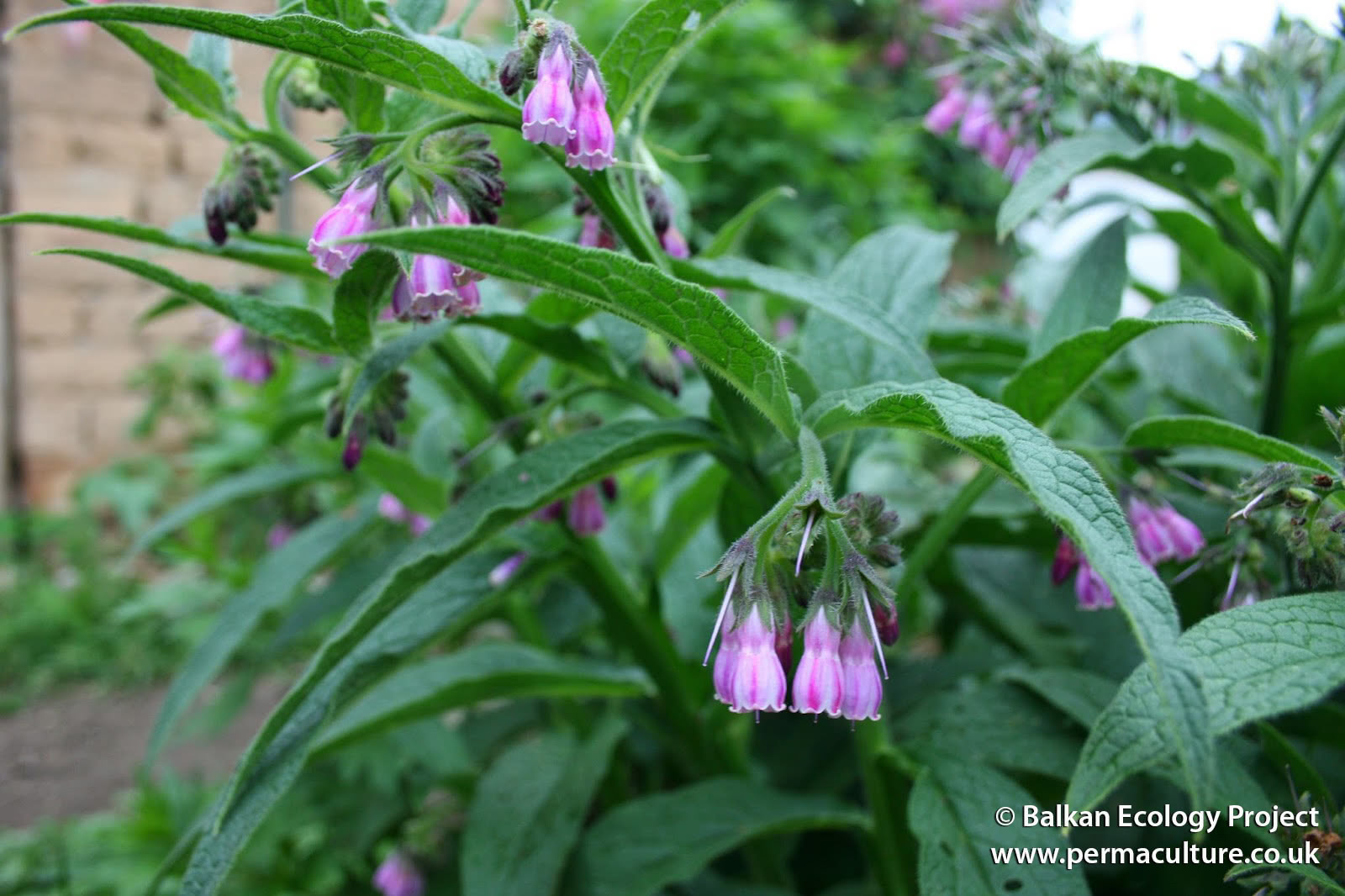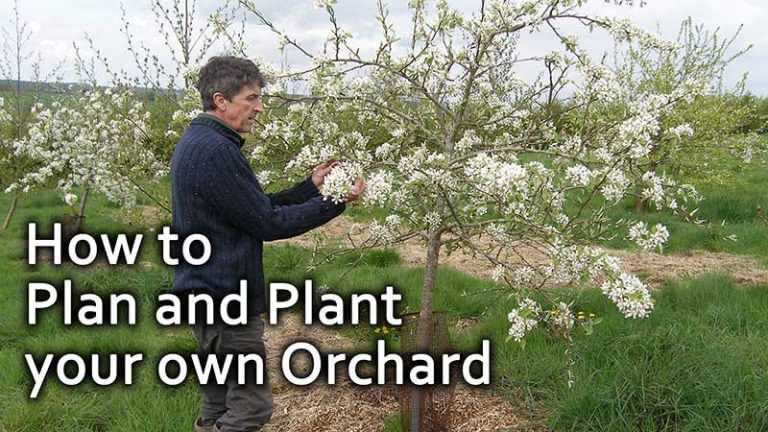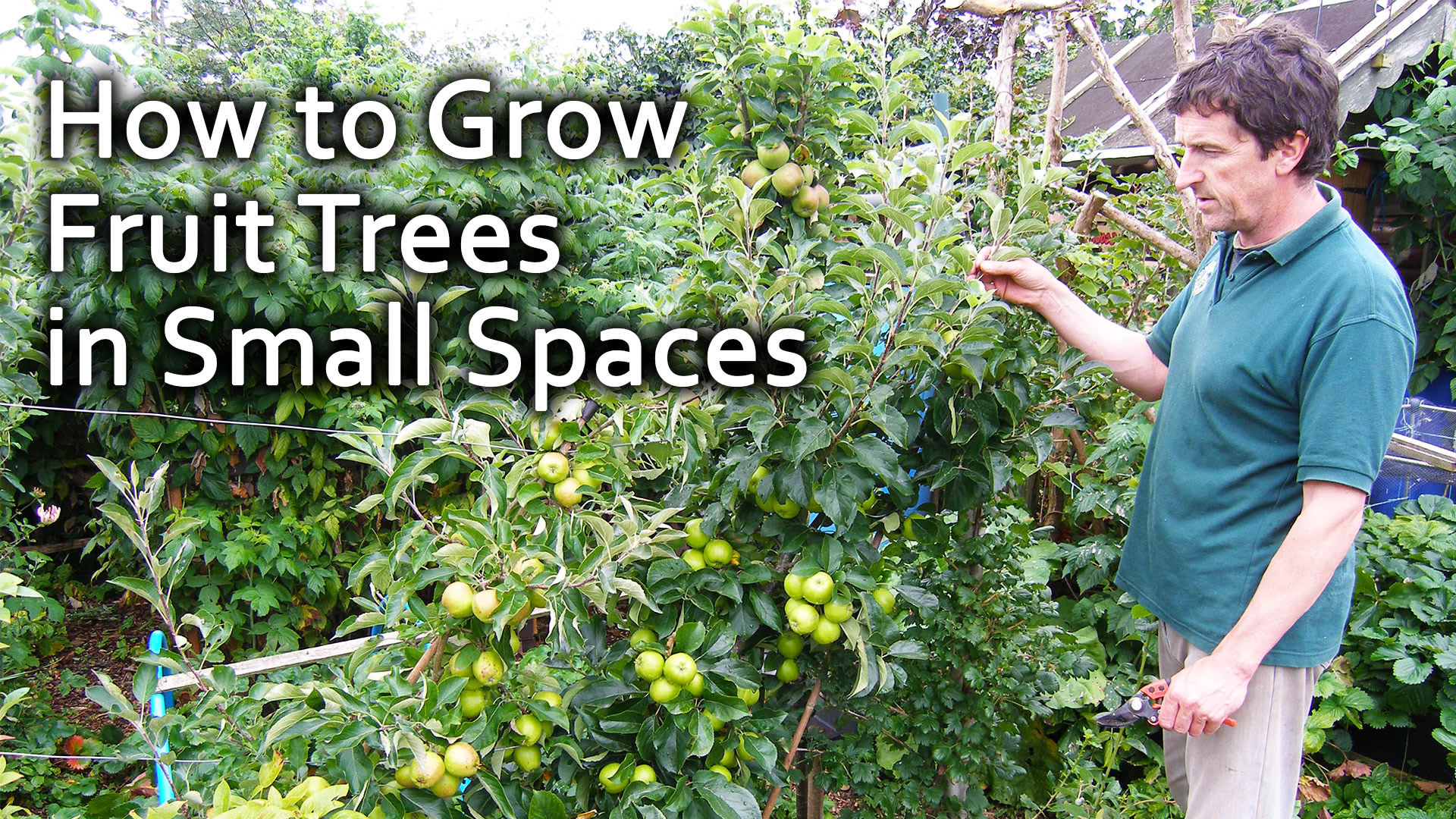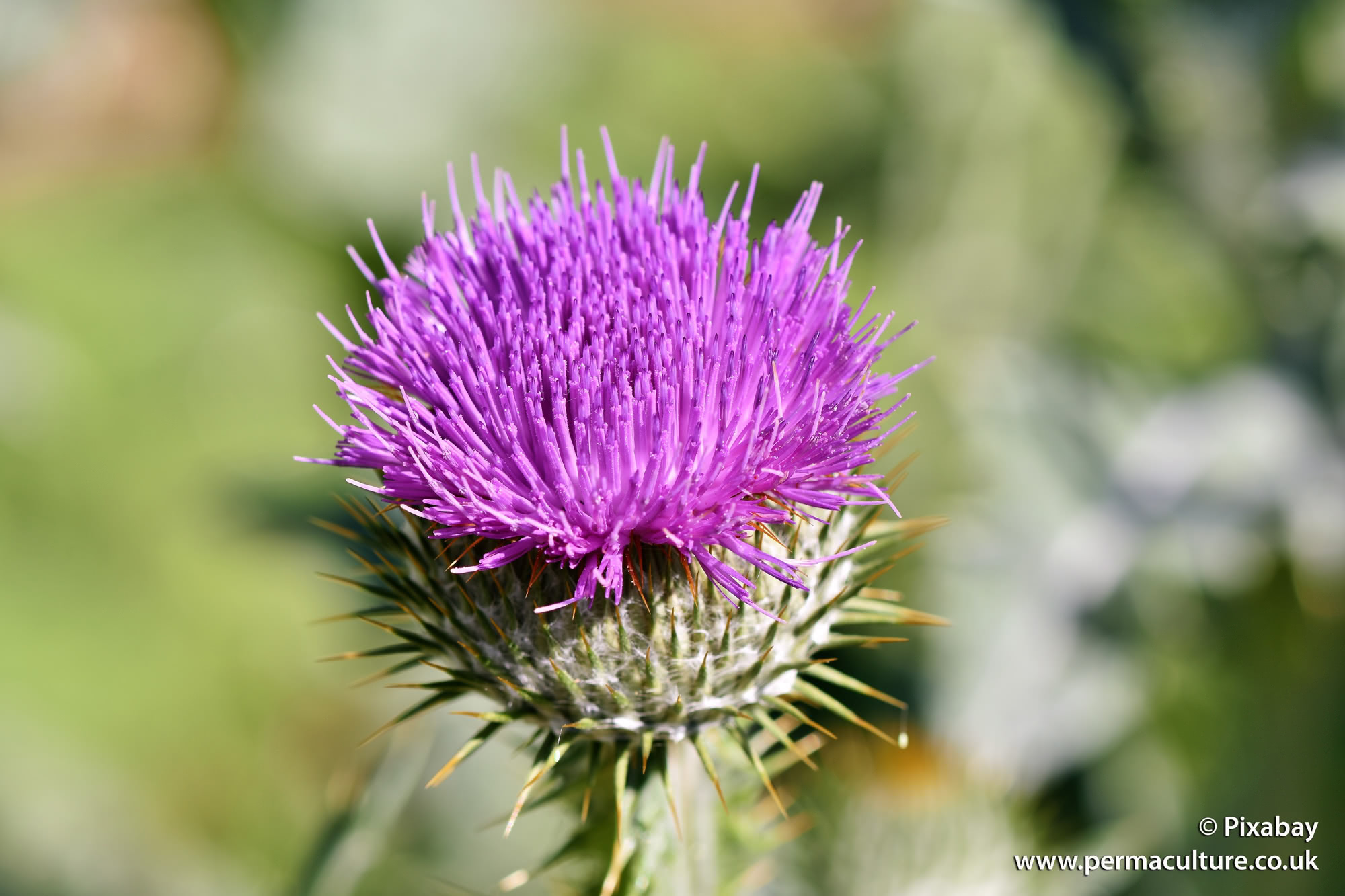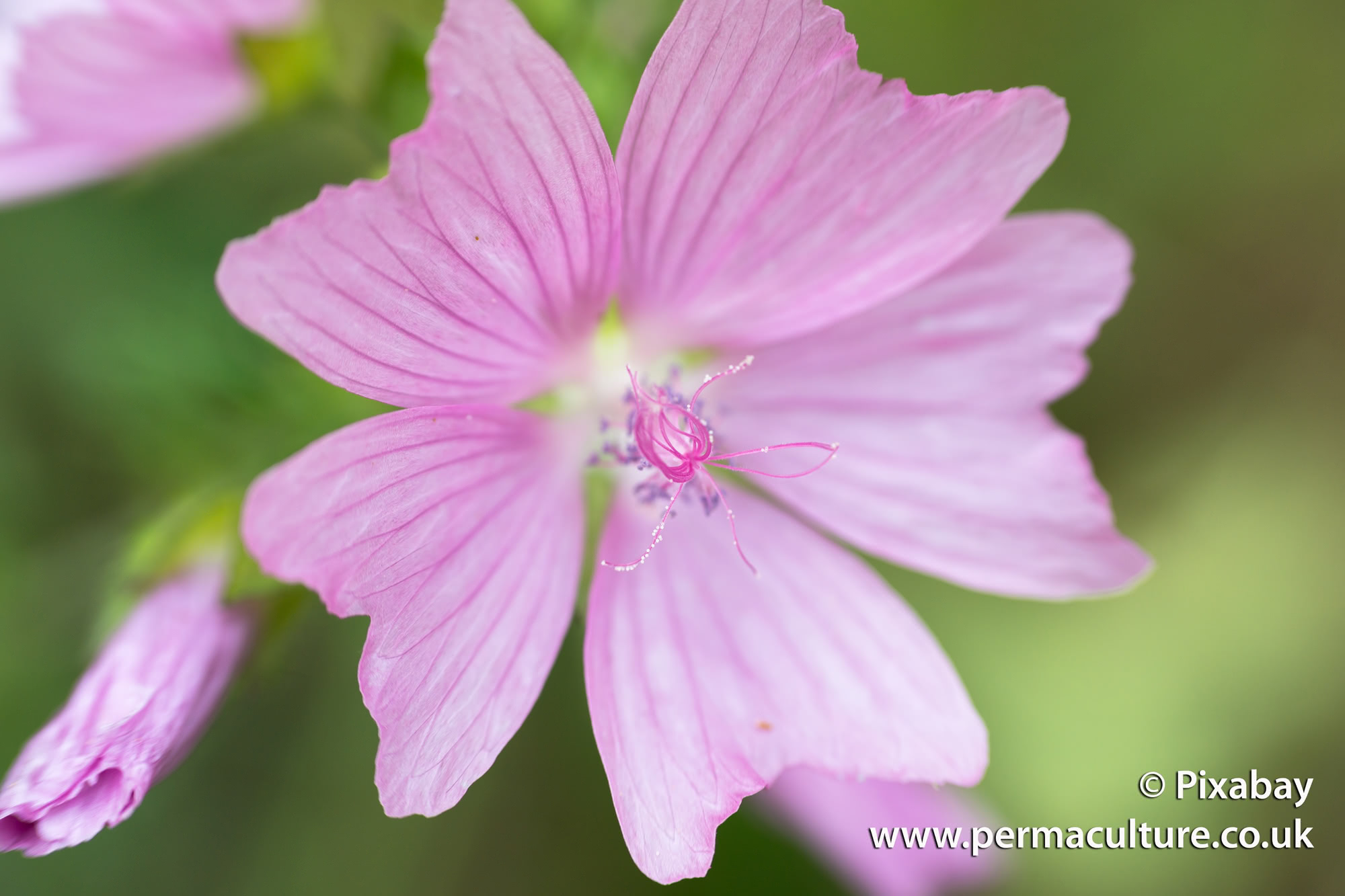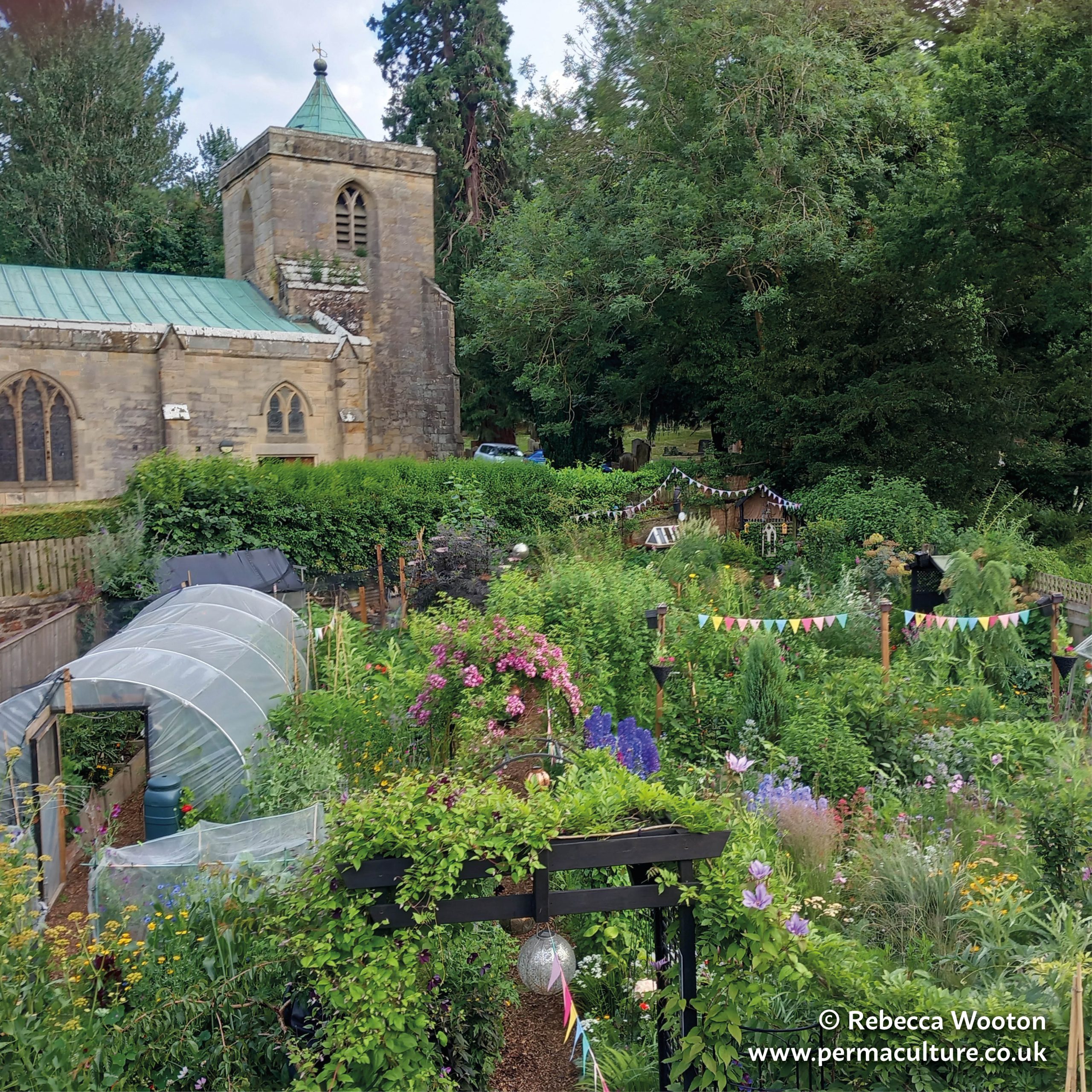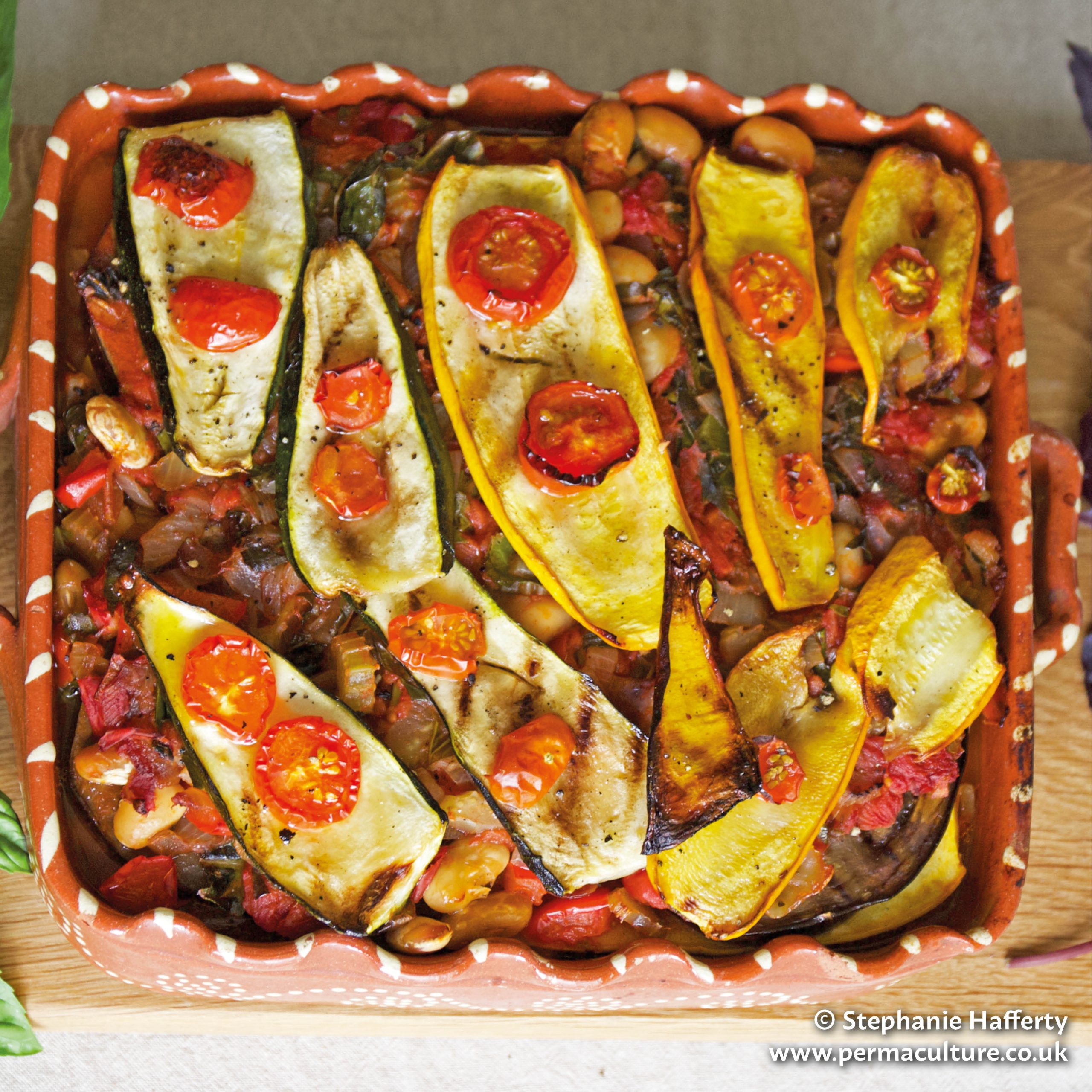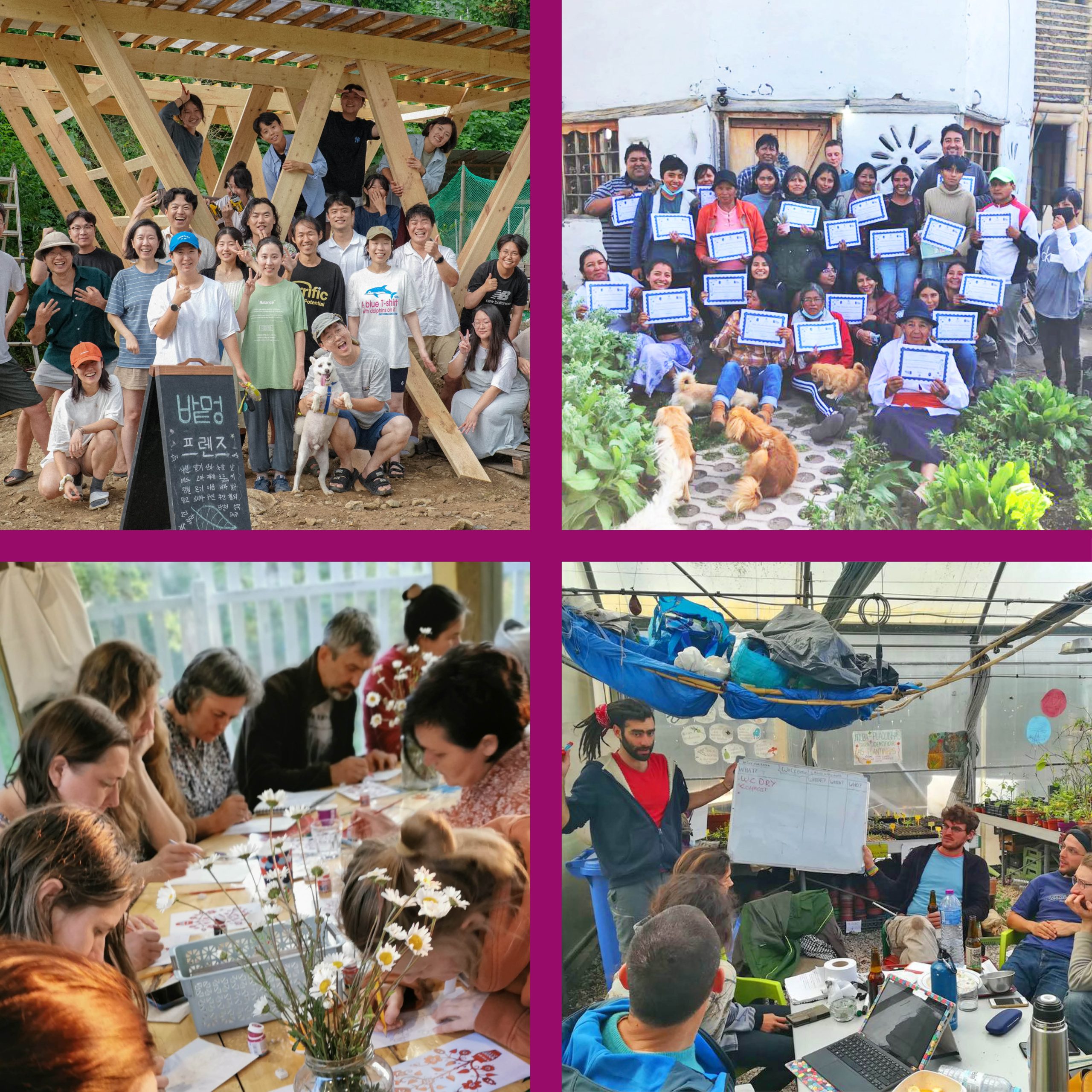Around 40 years ago, the Sahel, an extremely arid region located in central Africa, was an area of agricultural desolation. Due to natural factors such as heavy drought and interannual variability, combined with anthropocentric influences like climate change, overgrazing and deforestation, the environment has become particularly unstable with little possibility for productivity.
Furthermore, when rain does fall in the arid region, the soil is so dry due to a lack of precipitation, that water immediately ‘runs off’ or evaporates, failing to soak into the depleted earth.
Some countries within the region, such as Burkina Faso, faced up to 24% of their arable lands classed as highly degraded in 1998 (Maatman et al., 1998).
In the early 2000s, NGOs and organisations such as the United Nations, the World Food Programme and WOCAT (World Overview of Conservation Approaches and Technologies), amongst others, sought to reverse the desertification of many parts of Africa, including the Sahel, in cooperation with farmers and communities from the affected regions.
Using the ancient ‘half moon’ water harvesting technique – used for centuries in Africa and the Middle East, the revitalised technique aims to facilitate water retention and re-green the ecosystem.
Heavy machinery or hand tools can be used to plough the soil roughly 30cm down in a semi-circle or ‘half moon’ shape. The diameter of these half moons are typically about 4 metres.
When it rains, the contours catch the rainwater, preventing runoff and allowing it to infiltrate the soil.
This creates ‘favourable micro-climate conditions’ allowing drought-resistant crops such as sorghum and millet to be planted.
If planted on steep slopes, half-moon ‘bunds’ can assist the growth of tree species. They can also be used in combination with controlled grazing to boost re-vegetation.
In Niger, The World Food Programme (WFP) has been implementing half-moon planting projects since 2014. Just 5 years into the scheme, the benefits of its implementation were examined by a progress-review. In 2019, over 400 households had restored approximately 3,000 acres of land, largely for use in producing food for livestock. This has promoted social cohesion and economic growth by providing more jobs and stabilising agricultural output in a formerly capricious climate. This scenario exhibits the benefits of a localised, small-scale regenerative farming technique such as half-moon planting through its trickle-down effects, stipulating broader socio-economic growth.
A study on the impact of reformed agroecological techniques was conducted from 2013 to 2015 in Burkina Faso. Figures revealed that fields ploughed using the half-moon method saw the rates of increase for grain yield at 8% (The Food and Agriculture Organisation (FAO), 2017).
As farmers sought new ways to boost crop yields, regenerative farming techniques such as the half-moon method were found to be successful when used in conjunction with others. In Burkina Faso, half-moon planting is exercised alongside the Zaï technique, which is useful when adapting to various soil types and structures. The Zaï method, suitable to the arid Sahel region, uses similar methods seen in the half-moons, but alternatively involves digging smaller pits in non-permeable soil to intercept water and gather compost material. These pits are slightly smaller than the half-moons and so are less labour intensive and can be utilised in smaller growing plots. They are roughly between 15-50cm across; 5-15cm deep; and positioned 80cm apart. This technique was reintroduced to the area in the 1980s by farmer and agronomist Yacouba Sawadogo, who pioneered the method of filling the holes with manure to further break up the earth and bolster soil productivity.
Bibliography
Amelia Young is a trainee journalist living in London. She studied Geography at university and has written articles for Petersfield Climate Action Network (PeCAN) the Hampshire Chronicle and the North West Londoner.

